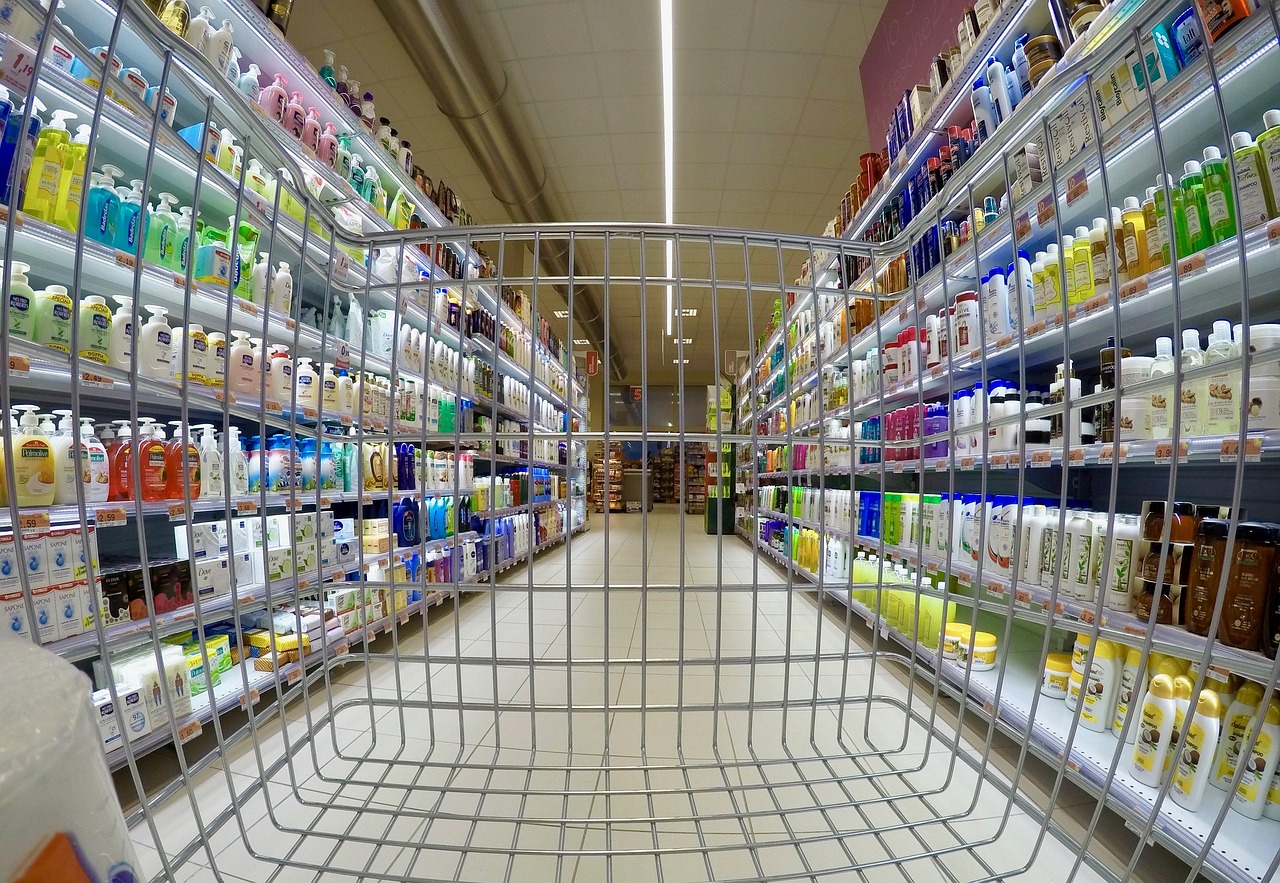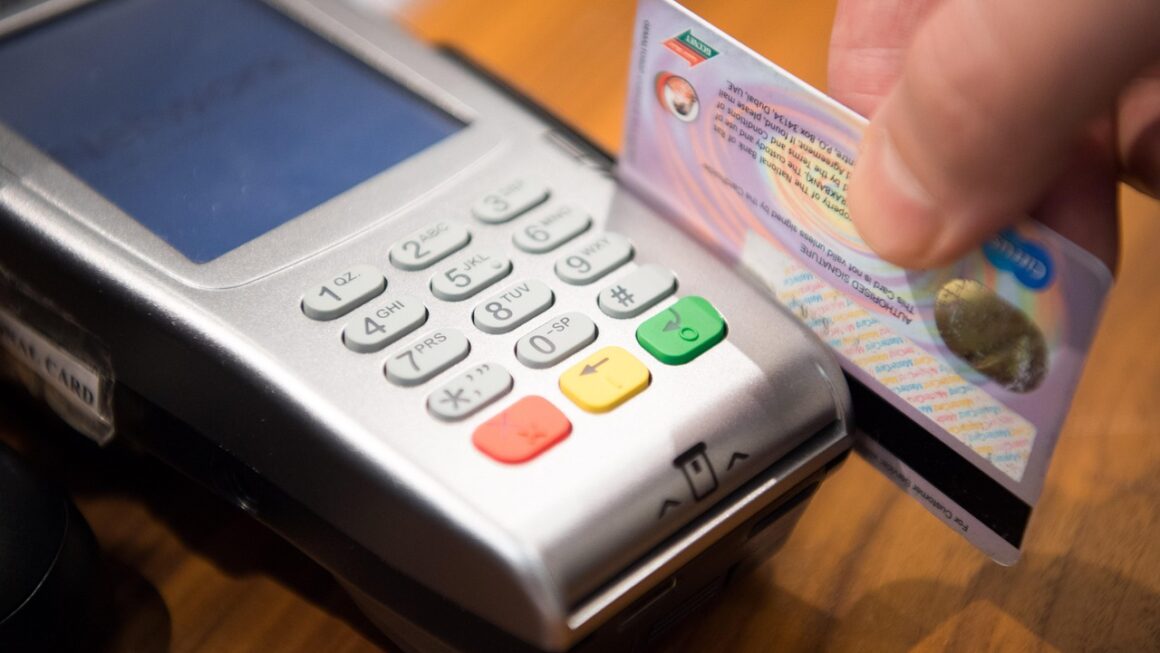Seasonal sales are a retail cornerstone, providing both shoppers and businesses with unique opportunities. For consumers, they’re a chance to snag desired items at reduced prices. For businesses, seasonal sales are vital for clearing inventory, boosting revenue, and attracting new customers. Mastering the art of seasonal sales, whether you’re a buyer or a seller, can significantly impact your financial well-being and business success.
Planning Your Seasonal Sales Strategy
A well-defined strategy is the foundation of any successful seasonal sale. Without careful planning, you risk missing crucial opportunities and underperforming.
Defining Your Objectives
Before launching a seasonal sale, determine your goals. What do you hope to achieve? Common objectives include:
- Reducing Inventory: Seasonal sales are a great way to clear out old stock and make room for new products.
- Boosting Revenue: Sales events can significantly increase revenue within a short period.
- Attracting New Customers: Offer attractive deals to lure in first-time buyers and expand your customer base.
- Increasing Brand Awareness: Strategic promotions can enhance brand visibility and recognition.
- Improving Cash Flow: Sales can improve immediate cash flow to cover operational expenses.
- Gaining Competitive Advantage: Stand out from competitors by offering irresistible deals.
For example, a clothing retailer might aim to reduce winter coat inventory by 70% during a spring sale, simultaneously attracting 20% more new customers through targeted advertising.
Identifying Key Sales Periods
Pinpoint the most relevant seasonal periods for your business. Consider major holidays, seasonal changes, and industry-specific events:
- Major Holidays: Black Friday, Cyber Monday, Christmas, Easter, Fourth of July, Labor Day, etc.
- Seasonal Changes: Spring sales, summer sales, fall sales, and winter clearance events.
- Back-to-School Sales: Particularly relevant for retailers selling school supplies, clothing, and electronics.
- Industry-Specific Events: Relevant events within your specific sector that drive sales. For example, for the tech industry, CES (Consumer Electronics Show).
- Custom Events: Create your own sales events based on internal milestones or anniversaries.
A garden supply store, for instance, would focus on spring and fall sales, aligning with planting and harvesting seasons. Understanding the demand peaks will help allocate resources effectively.
Competitive Analysis
Analyze your competitors’ seasonal sales strategies. What promotions do they offer? How do they market their sales? Use this information to:
- Identify Opportunities: Find gaps in the market where you can offer unique deals.
- Set Competitive Prices: Ensure your pricing is attractive compared to competitors.
- Improve Marketing Tactics: Learn from successful campaigns and adapt them to your own strategy.
- Differentiate Your Offerings: Highlight what makes your sales event unique and better.
Conduct market research, check competitor websites and social media, and even visit their stores to understand their approach.
Crafting Irresistible Offers
Attracting customers to your seasonal sales requires more than just marking down prices. You need to craft compelling offers that grab their attention and drive purchases.
Discount Strategies
Explore various discount strategies to maximize appeal:
- Percentage Discounts: Offer a certain percentage off the original price (e.g., 20% off all items).
- Fixed Amount Discounts: Offer a specific dollar amount off (e.g., $10 off any purchase over $50).
- Buy One Get One (BOGO) Deals: Offer a free or discounted item when customers buy one at full price.
- Bundle Deals: Combine multiple products into a discounted package.
- Clearance Sales: Mark down old or discontinued items to clear inventory quickly.
- Flash Sales: Offer deep discounts for a limited time to create a sense of urgency.
A bookstore might offer a “Buy Two, Get One Free” deal on paperbacks during the summer, while an electronics store could run a flash sale on headphones for 24 hours only.
Value-Added Promotions
Go beyond discounts by adding extra value to your offers:
- Free Shipping: Waive shipping fees to incentivize online purchases.
- Free Gifts: Include a complimentary gift with every purchase.
- Extended Warranties: Offer longer warranty periods on select products.
- Loyalty Points: Award extra loyalty points for purchases made during the sale.
- Gift Wrapping: Provide free gift wrapping services during holiday sales.
- Early Access: Give loyal customers early access to the sale before the general public.
For example, a cosmetic brand could offer a free makeup bag with every purchase over $75 or provide free shipping on all orders during a Cyber Monday sale.
Creating a Sense of Urgency
Urgency is a powerful motivator. Use tactics to encourage immediate action:
- Limited-Time Offers: Clearly state the sale’s end date and time.
- Limited Quantities: Emphasize that quantities are limited and products may sell out quickly.
- Countdown Timers: Display a countdown timer on your website and in marketing materials.
- “While Supplies Last” Messaging: Remind customers that the sale is subject to availability.
- Exclusive Deals: Offer special discounts to customers who act quickly.
Phrases like “Sale Ends Tonight!” or “Only 10 Items Left!” can create a sense of FOMO (fear of missing out) and encourage customers to make a purchase.
Marketing Your Seasonal Sales
Effective marketing is essential to drive traffic and generate sales. Use a multi-channel approach to reach your target audience.
Email Marketing
Email marketing remains a powerful tool for promoting seasonal sales:
- Segmentation: Segment your email list based on customer demographics, purchase history, and preferences.
- Compelling Subject Lines: Write attention-grabbing subject lines that encourage recipients to open your emails.
- Visually Appealing Design: Use high-quality images and a visually appealing layout.
- Clear Call-to-Actions: Include clear and concise call-to-action buttons (e.g., “Shop Now,” “Learn More”).
- Personalization: Personalize your email content to make it more relevant to individual recipients.
- Automated Email Sequences: Set up automated email sequences to nurture leads and drive sales.
For example, a clothing retailer might send personalized emails to customers who previously purchased winter coats, informing them about an upcoming spring sale with discounts on lighter jackets.
Social Media Marketing
Leverage social media to reach a wider audience:
- Engaging Content: Create visually appealing posts, videos, and stories that highlight your sale offerings.
- Targeted Advertising: Use social media advertising to target specific demographics and interests.
- Hashtags: Use relevant hashtags to increase the visibility of your posts.
- Contests and Giveaways: Run contests and giveaways to generate excitement and engagement.
- Influencer Marketing: Partner with influencers to promote your sale to their followers.
- Live Streams: Host live streams to showcase products and answer customer questions in real-time.
A beauty brand might create a TikTok video demonstrating how to use their discounted products during a summer sale, using relevant hashtags like #summersale #beautydeals.
Website Optimization
Ensure your website is optimized for seasonal sales:
- Prominent Banners: Display eye-catching banners on your homepage to promote your sale.
- Dedicated Landing Pages: Create dedicated landing pages for specific sale categories.
- Mobile Optimization: Ensure your website is mobile-friendly and responsive.
- Fast Loading Speed: Optimize your website’s loading speed to provide a seamless user experience.
- Easy Navigation: Make it easy for customers to find what they’re looking for.
- Clear Pricing and Discounts: Clearly display the original price and discounted price for each item.
A furniture retailer might create a landing page specifically for their “Fall Furniture Sale,” featuring high-quality images of discounted sofas, tables, and chairs.
Post-Sale Analysis and Improvement
The seasonal sale doesn’t end when the discounts disappear. Analyzing the results is crucial for continuous improvement.
Tracking Key Metrics
Monitor key performance indicators (KPIs) to evaluate the success of your sale:
- Sales Revenue: Track the total revenue generated during the sale.
- Website Traffic: Monitor website traffic and page views.
- Conversion Rate: Calculate the percentage of website visitors who made a purchase.
- Average Order Value (AOV): Track the average amount spent per order.
- Customer Acquisition Cost (CAC): Calculate the cost of acquiring each new customer.
- Customer Lifetime Value (CLTV): Estimate the long-term value of each customer acquired.
By analyzing these metrics, you can identify areas for improvement in future sales.
Gathering Customer Feedback
Collect feedback from customers to understand their experience:
- Surveys: Send out surveys to gather feedback on the sale’s promotions, website experience, and customer service.
- Social Media Monitoring: Monitor social media for mentions of your sale and address any concerns or complaints.
- Customer Reviews: Encourage customers to leave reviews on your website or on third-party review sites.
- Focus Groups: Conduct focus groups to gather in-depth feedback from a small group of customers.
Use this feedback to improve your future sales events and customer service.
Implementing Improvements
Based on your analysis and feedback, implement changes to improve your seasonal sale strategy:
- Adjust Pricing: Fine-tune your pricing strategy to maximize profitability and customer appeal.
- Refine Promotions: Experiment with different types of promotions to see what resonates best with your audience.
- Optimize Marketing Channels: Allocate your marketing budget to the channels that generate the highest return on investment (ROI).
- Improve Website Usability: Make it easier for customers to find what they’re looking for and complete their purchases.
- Enhance Customer Service: Train your staff to provide excellent customer service during the sale period.
Continuously refine your strategy based on data and customer feedback to achieve better results year after year.
Conclusion
Seasonal sales are a powerful tool for retailers to boost revenue, clear inventory, and attract new customers. By carefully planning your strategy, crafting irresistible offers, and effectively marketing your sales, you can maximize your success. Don’t forget to analyze your results and implement improvements to continuously refine your approach. Whether you are a seasoned business owner or just starting, mastering seasonal sales is a crucial aspect of retail success.




